There are thousands of types of fruits growing on Earth, but we are familiar with only a small part of them. There are quite rare exotic fruits in the world, which are almost impossible to see in northern latitudes. If you have been to tropical countries, you have seen how wide the range of local fruits is. In this article, you will get acquainted with some of the rarest and most amazing fruits in the world.
1. Jackfruit
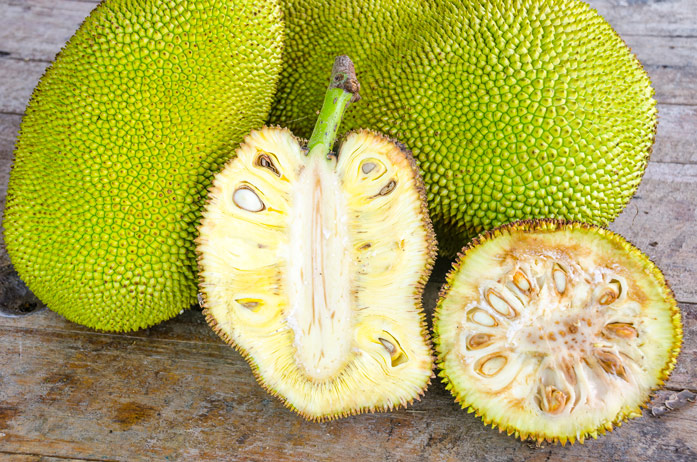
The fruits of this evergreen tree are the largest fruits growing on trees. They can reach a meter in length and weigh up to 34 kg. The thick peel of the fruit is dotted with small cone-shaped protrusions. Inside the fruit is sweet fibrous pulp, divided into large lobes. Each lobe contains one seed up to 6 cm long. Cutting up a ripe fruit is not a very pleasant job. The fact is that its peel has an unpleasant smell, similar to the smell of rotten onions. Also, the peel of the jackfruit contains sticky latex, so you need to cut the fruit either with rubber gloves or after lubricating your hands with oil. The tasty pulp of the fruit has a short shelf life, so there is no point in exporting this fruit. Jackfruit grows in Southeast Asia, the Philippines, Northern Brazil, and East Africa (Kenya, Uganda). Less often, it can be found planted on the islands of Oceania and in the tropics of the New World.
2. Passion fruit

This tropical liana is cultivated in tropical areas mainly (South and Central America, South Asia, New Zealand, Australia, etc.). Its fruits contain juicy, tasty juice filled with many seeds! Passion fruit fruits are used in various dishes - from desserts to soft drinks, and the juice is also used as an aromatic flavor enhancer and added to other fruit juices. Passion fruit juice is very useful - it has sedative properties. It is also used in cosmetology and pharmaceuticals.
3. Aki

Ackee is a tree, 10-12 meters high, native to West Africa. The tree produces pear-shaped fruits, 7-10 cm long, covered with an orange rind. When ripe, the fruit cracks and opens. Its pulp is edible and tastes like a walnut. The only place where ackee is eaten is Jamaica. This fruit is even a national dish, although it was brought to this island by people. Unripe ackee fruits are very toxic, so they are used in many countries as antibacterial soap or poison for catching fish.
4. Cocoon
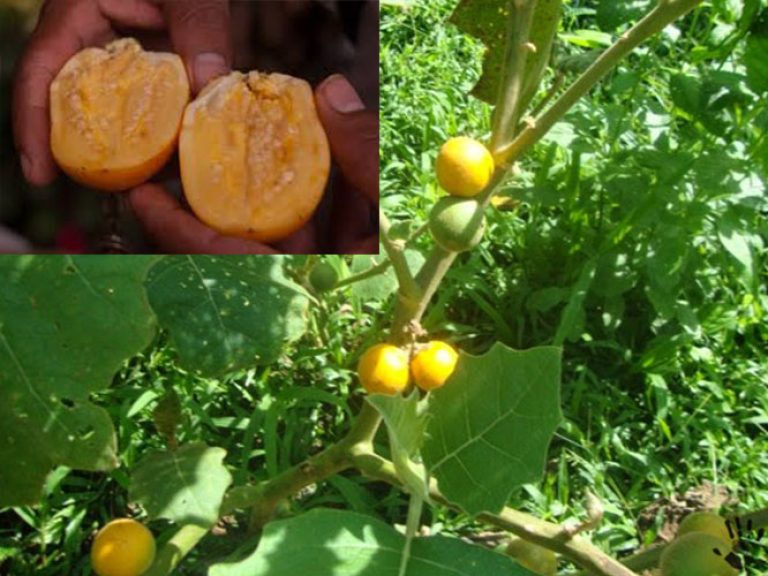
The homeland of this fruit bush is South America, the Amazon basin. But now this plant is cultivated in many Latin American countries. The fruits are round or oval cocoons up to 6 cm long. They have a bitter skin and sweet pulp. The fruits are usually peeled and used in salads and sauces, and also eaten fresh. Jams, jellies, juices and marmalade are often made from them. The taste of cocoons is reminiscent of something between a tomato and a lemon.
5. Mamoncillo

This fruit tree is also known as the Spanish lime. The homeland of momoncillo is Venezuela, Suriname, French Guiana, Colombia, Guyana and Haiti. But it is also grown in other countries, such as Ecuador, the Antilles and Bahamas and in the countries of Central America. The fruits of this tree have a smooth thin green rind. Inside the fruit is a jelly-like juicy pulp and two seeds. Mamoncillo has a wonderful refreshing taste, it can be eaten without additives. It is also used as an additive to desserts and in cocktails. The shelf life of this fruit is very short, so it is recommended to eat it immediately after the fruit has been picked.
6. Bail
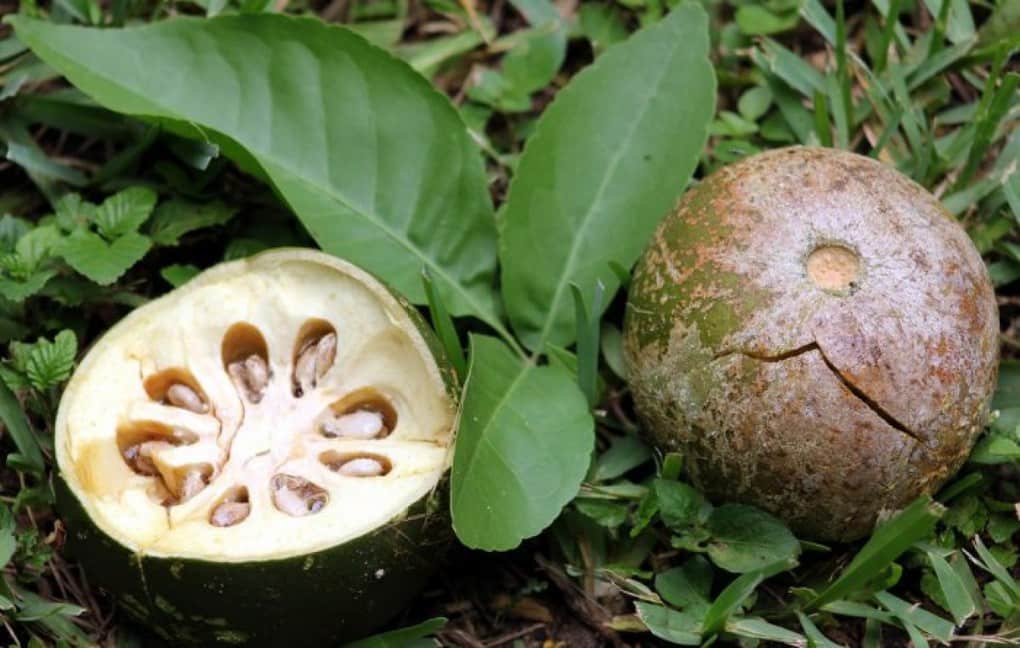
Bael is a fruit tree, also known as Stone Apple or Marmelos. Its homeland is India, although it can be found throughout Southeast Asia. The tree has large round or pear-shaped fruits up to 20 cm long with a thin but hard rind from gray-green to yellowish. Inside the fruit has a doughy pulp. It is the pulp of the bael that can be eaten. Bael pulp is rich in useful microelements, has a beneficial effect on the digestive system and has anti-inflammatory properties. One large bael fruit can contain pulp from which up to 6 liters of juice can be squeezed.
7. Mangosteen
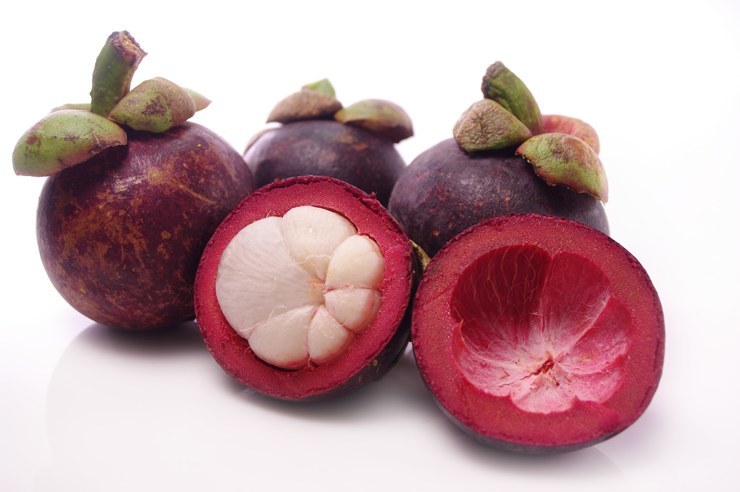
Mangosteen (Mangosteen) is the fruit of the tree of the same name, which grows in Southeast Asia, the Philippines, Sri Lanka, the Antilles, Colombia, tropical Africa and Central America. Mangosteens are covered with a thick rind containing sticky latex. They are 4-8 cm long. Under the rind are several segments of white edible pulp. The pulp is eaten fresh or preserved. Mangosteen juice is often squeezed out. Mangosteens taste sweet and spicy.
8. Kiwano
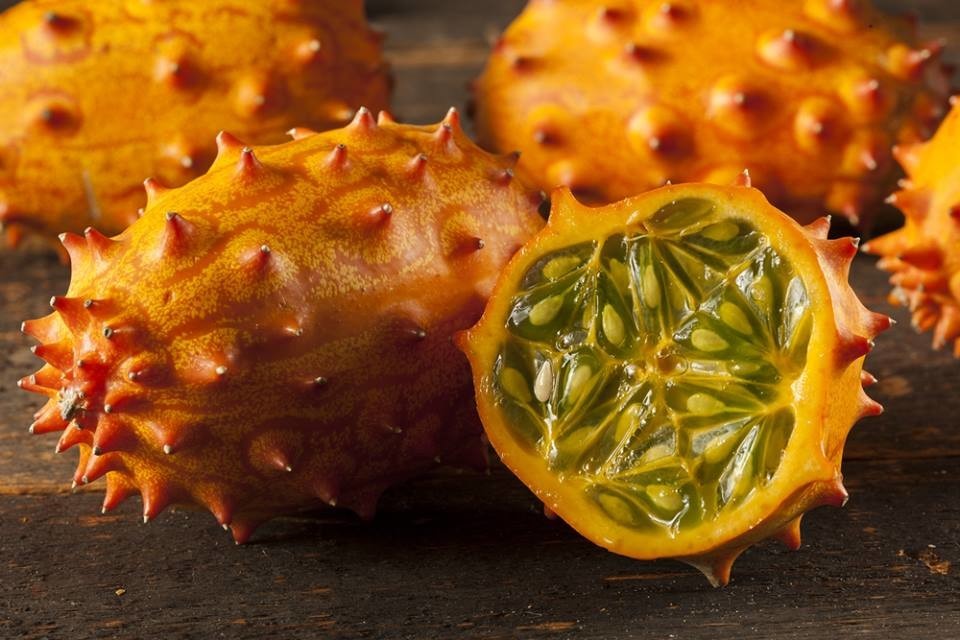
An original type of fruit, also known as a horned melon or African cucumber. It is the fruit of a herbaceous vine of the pumpkin family. It grows in California, New Zealand, Central America, Israel, although its homeland is Africa. It loves a hot climate. In some areas of the Kalahari Desert, kiwano is the only source of water. The taste of kiwano is something between cucumbers, bananas and lemons. Kiwano contains a lot of vitamin C and dietary fiber.
9. Rambutan
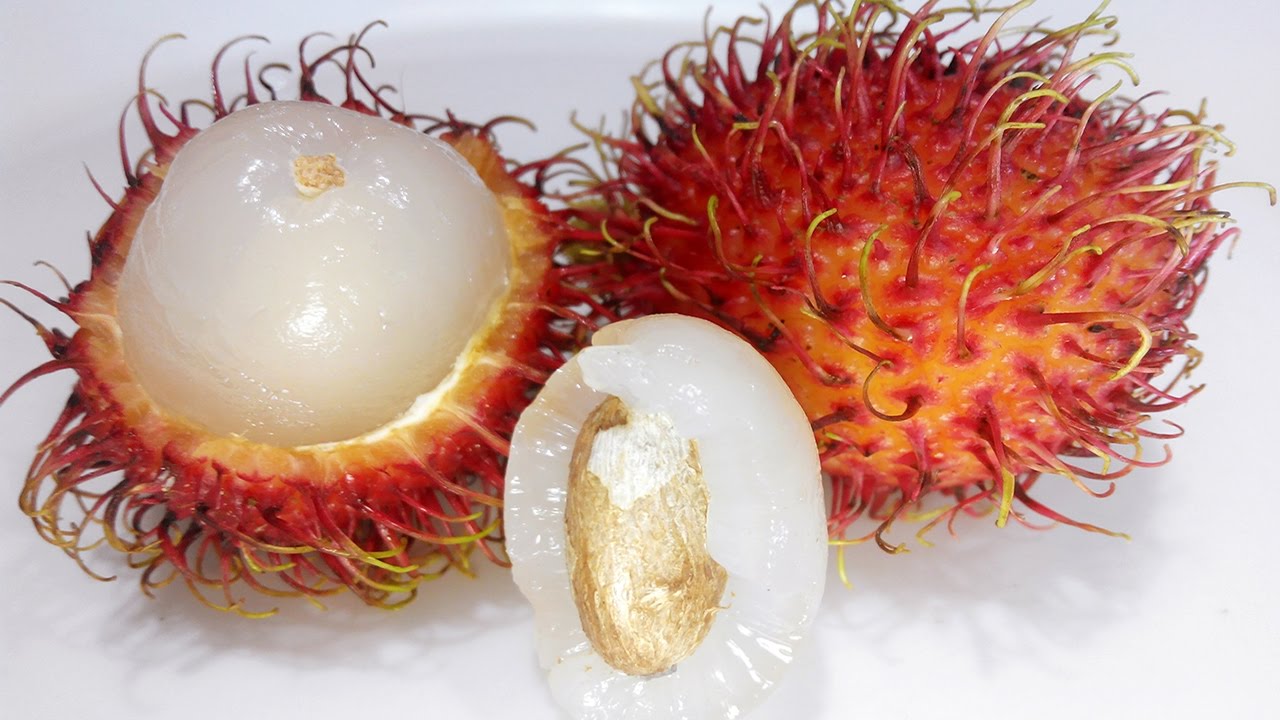
This is the fruit of the eponymous evergreen tropical tree, common in Southeast Asia. Rambutan fruits are round, up to 6 cm in size, and grow several on a branch. They are covered with a dense crust, which is nevertheless easy to separate from the pulp. The pulp of the fruit is soft and jelly-like, very aromatic, and tastes very similar to sweet grapes. The fruits are eaten fresh or canned. They contain many useful microelements, including iron, phosphorus, vitamin C, etc. Rambutan seeds are poisonous, but can be eaten after roasting. The oil from the seeds is used to make candles and soap.
10. Pitaya (Pitahaya)
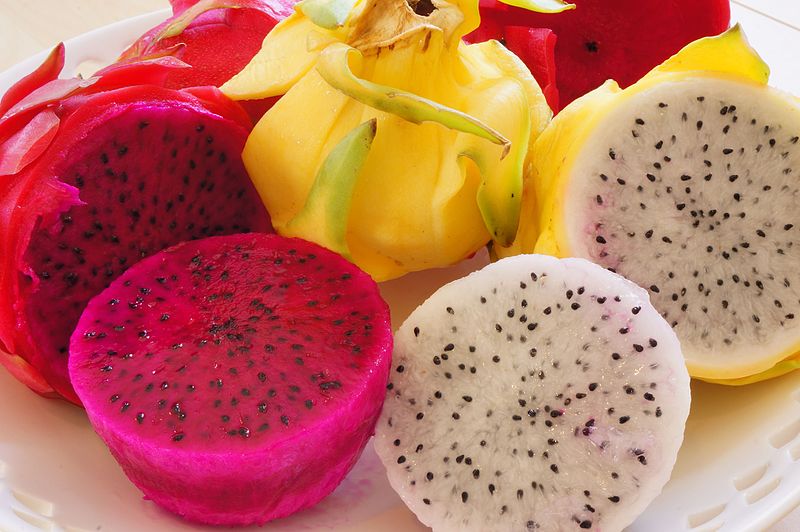
Pitaya (Pitahaya) is a fruit that is the fruit of an exotic cactus of the genus Hylocereus. There are several varieties of pitaya - white, red, yellow - they are all very close to each other. The homeland of these fruits is Mexico, but they are also grown in China, Southeast Asia, South America, Israel, North America. The taste of pitaya can be compared to something between a strawberry and a pear. According to research, pitaya has anti-cancer properties due to the presence of polyphenols in it. The pulp is eaten raw, it is low in calories. It is not recommended to eat the pulp together with other dishes. In addition, fresh juices can be made from pitaya or pitaya juice can be added to other drinks.
11. Mauritius palm

The fruits of the Mauritius palm resemble spruce cones in appearance. They grow in humid areas of South America. The fruits have a scaly shell, behind which is yellow pulp, rich in vitamin C, vitamin A. The fruits of the Mauritius palm are widely used to make jams, jellies, juices and even to make fermented wines. The juice of the fruit is used as a healing agent for all types of burns. It is especially good for treating sunburn.
12. Monstera deliciosa
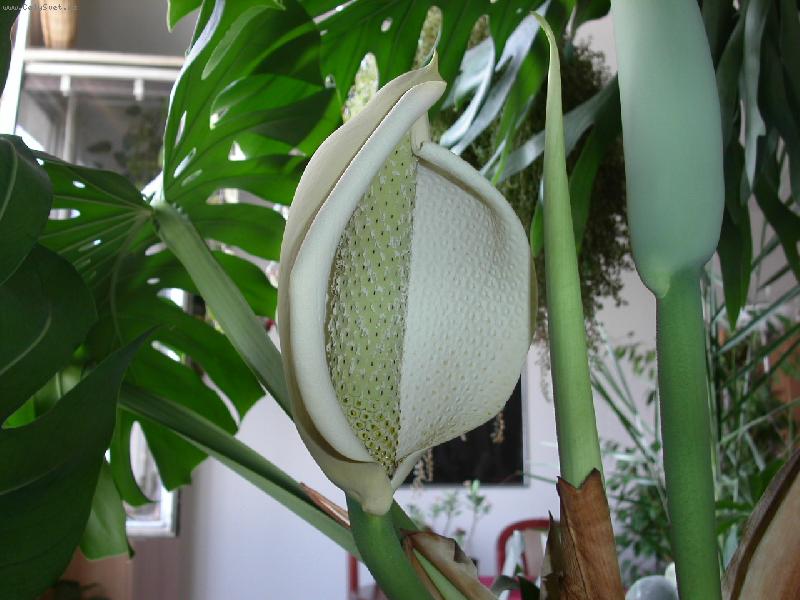
Sounds a bit scary, doesn't it? And it's not without reason. The thing is that the fruit of this type of large vines is very toxic, but only during ripening. After ripening (which lasts 1 year), it can be used as food. The homeland of this plant is the tropical regions of South America. But they are also cultivated in India, Australia and other hot countries. The fruit of the monstera is a berry up to 30 cm long, which has a thick rind and juicy aromatic pulp. Monstera fruits have a banana-pineapple taste and are used as a dessert.
13. Akebia
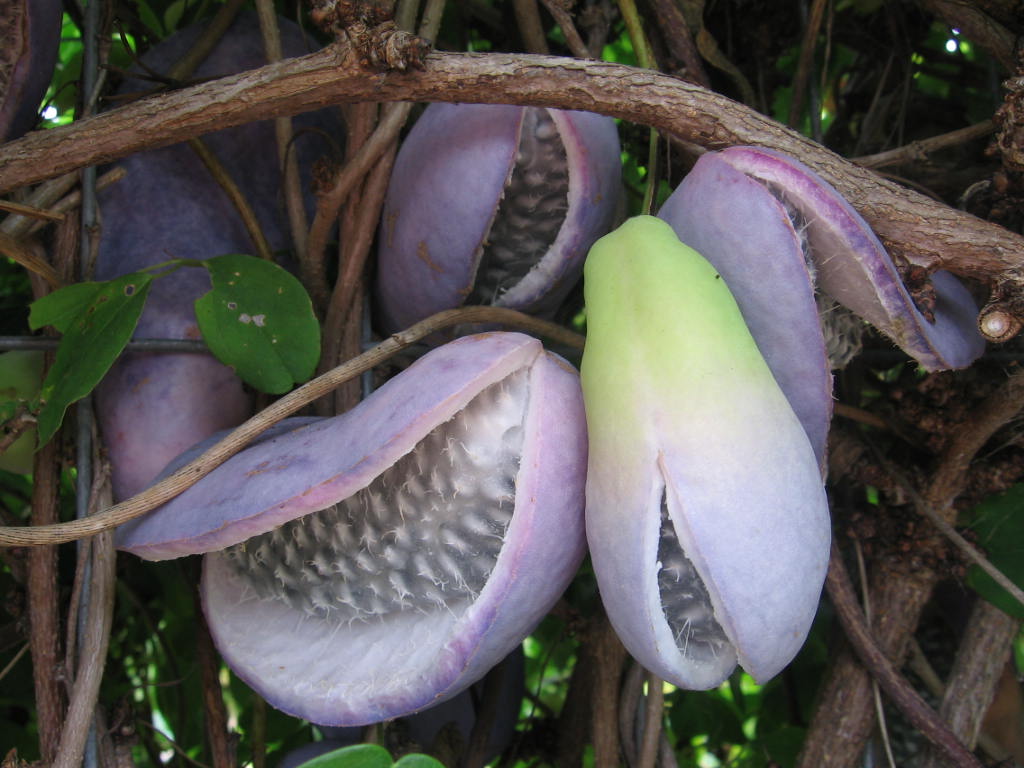
You can find this unusual lilac-purple fruit in gardens in northern Japan. Many locals grow it on their plots like our wild grapes, which entwine supports with a thick carpet of leaves. When the akebia fruit reaches maturity, one of its walls “opens”. This happens only once a year – at the very beginning of autumn. The sticky, slightly sweet pulp is eaten like a fruit, and the bitter thick peel is more reminiscent of some kind of vegetable. However, the Japanese, not separating these tastes, eat the akebia whole.
14. Jabuticaba
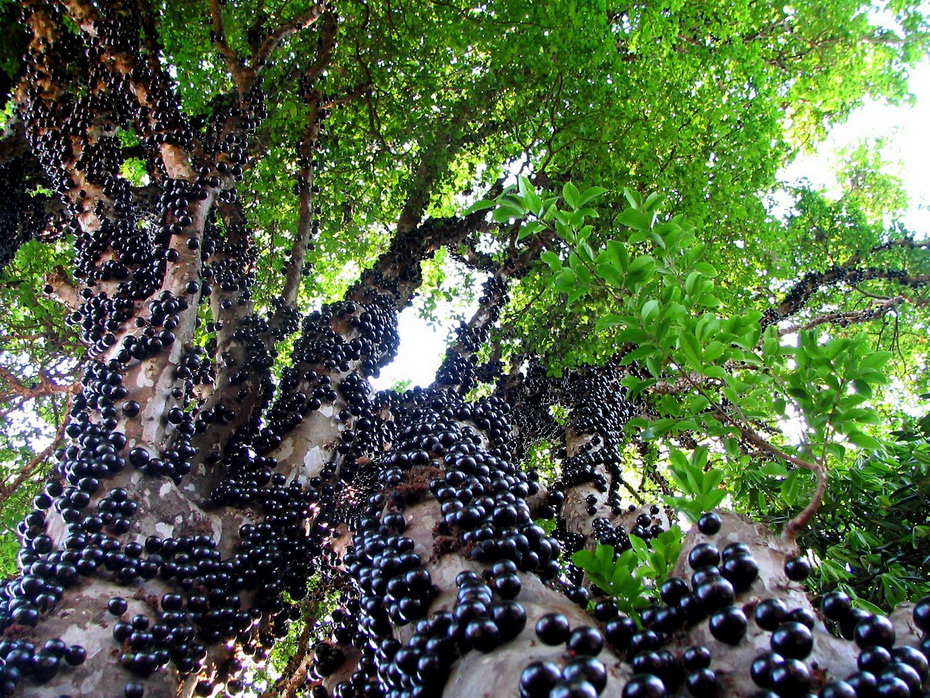
Researchers claim that jaboticaba originally grew in southern Brazil, but then migrated across the ocean and spread to Portugal and the Philippines. Its main oddity is that the dark purple, almost black fruits grow not on branches, but directly on the trunk of the tree, which locals sometimes call "grape". Juicy "balls" with the taste of wild grapes can be eaten immediately or made into juice, jam or liqueur. Alas, you will not be able to please your relatives with an unusual souvenir from a distant country - jaboticaba practically does not store and begins to spoil quickly within a day after picking.
15. Cherimoya
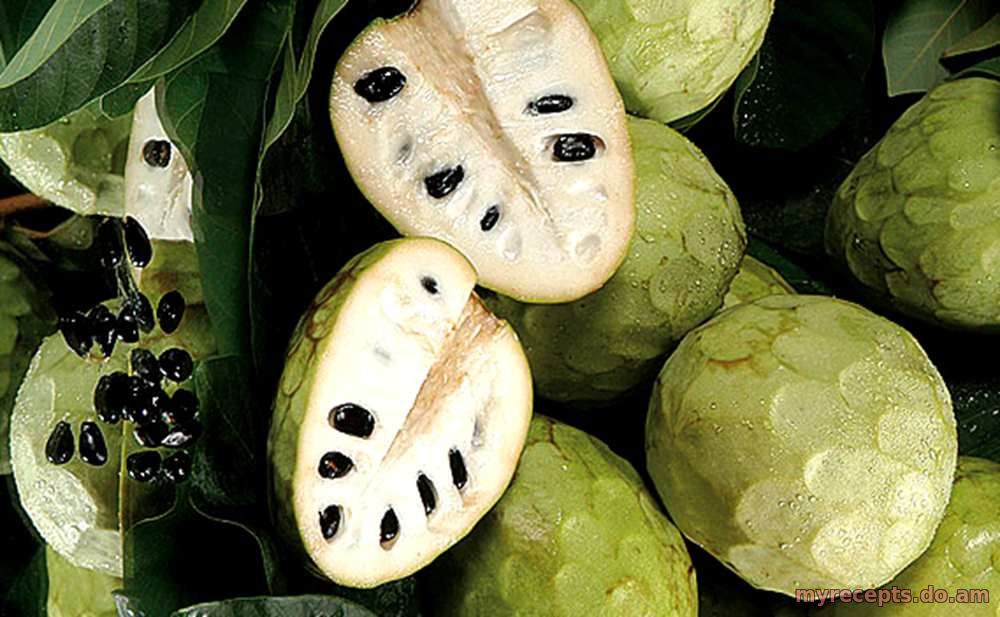
Another Latin American immigrant is the scaly cherimoya. You may have seen these green balls, peeled from their tough skin, on the shelves of Spanish or Asian markets, while in Egypt the slightly smaller unpeeled fruits are sold under the name "eshta." When you cut the fruit open, you will find several dark seeds, which are best removed (as they are considered an excellent emetic), while the taste of the delicate, aromatic pulp (which some say resembles melon with cream, others like papaya) deserves all the praise. For example, Mark Twain called the cherimoya "the most delicious fruit known to man."
16. Cupuacu
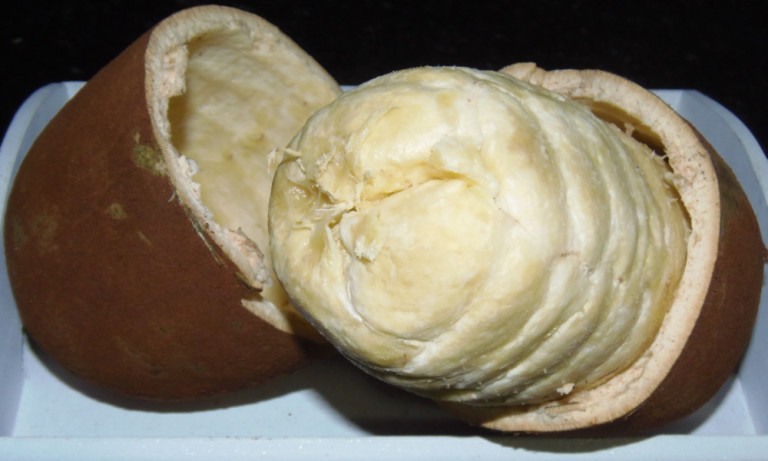
The large (up to 25 centimeters long!) cupuacu fruit can be found in the humid tropical forests of Colombia, Bolivia, Peru and Northern Brazil. It grows on trees and, when ripe, turns a crimson brown. Under the hard shell is a delicate pulp that smells like a mixture of chocolate and pineapple, which is eaten raw, made into jams and drinks, and added to yogurts and ice cream. From the light seeds, similar to cocoa beans, you can make “chocolate” that will not melt in your hands.
17. Annatto
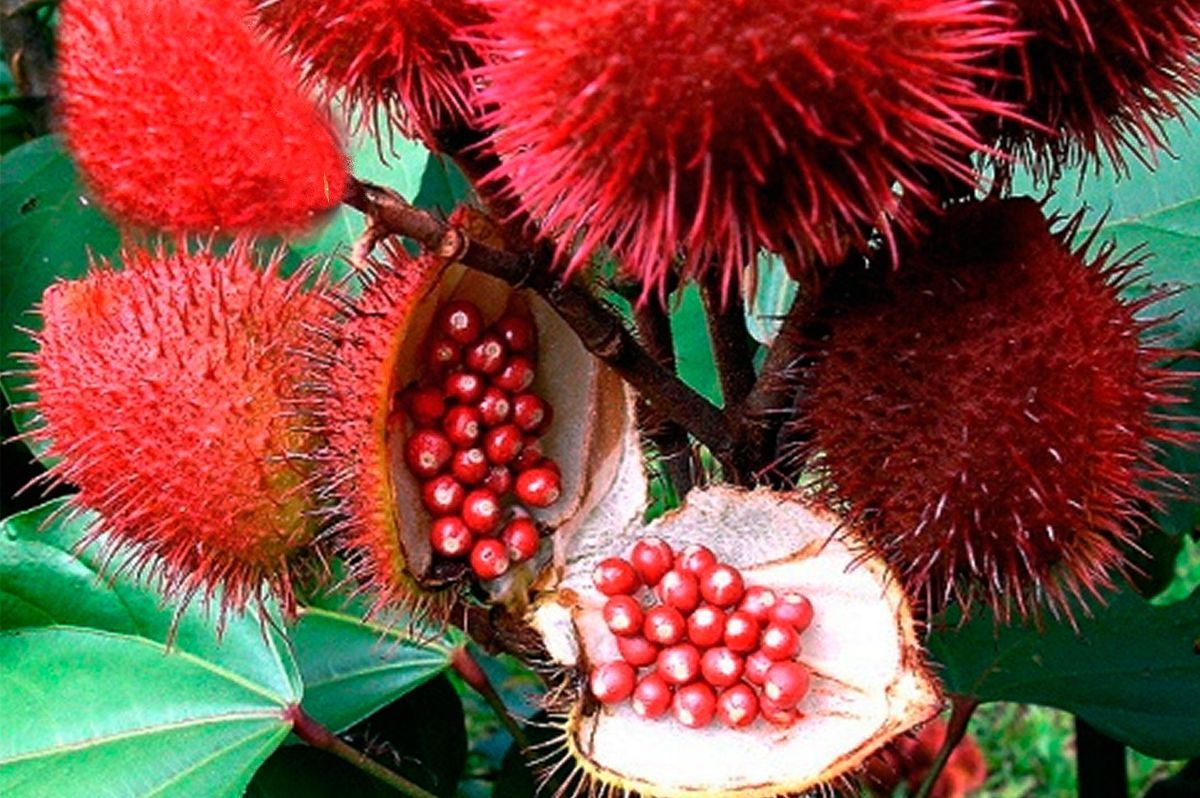
In tropical areas of North and South America and Southeast Asia, you can find large, red-brown, spiky fruits with round, crimson seeds inside. It’s hard to say what they taste like because, unlike the other fruits we’re talking about today, annatto is inedible. But its bright ruby seeds are a great food coloring that you’ve probably seen in everything from lipstick to cheddar cheese.
18. Magic Fruit
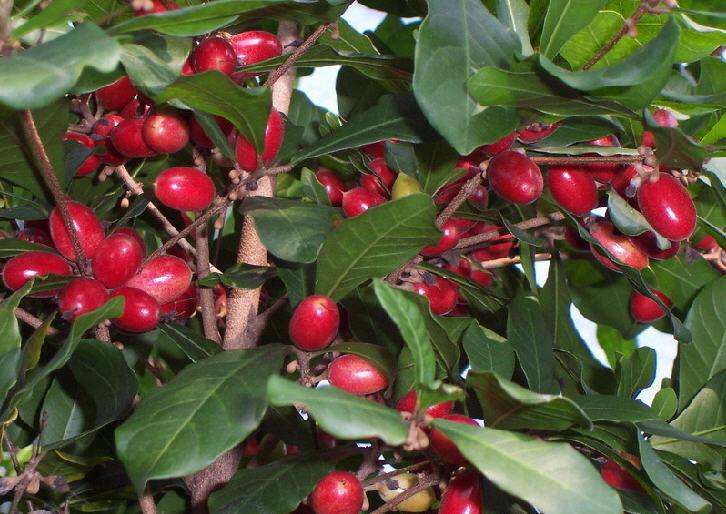
This West African fruit does indeed have magical properties: the substance miraculin it contains can affect human taste buds. Eat a red berry (don't forget to spit out the seed!) - and for about an hour you won't be able to distinguish sour taste, and any product, including lemons, will seem sweet to you.
19. Durian
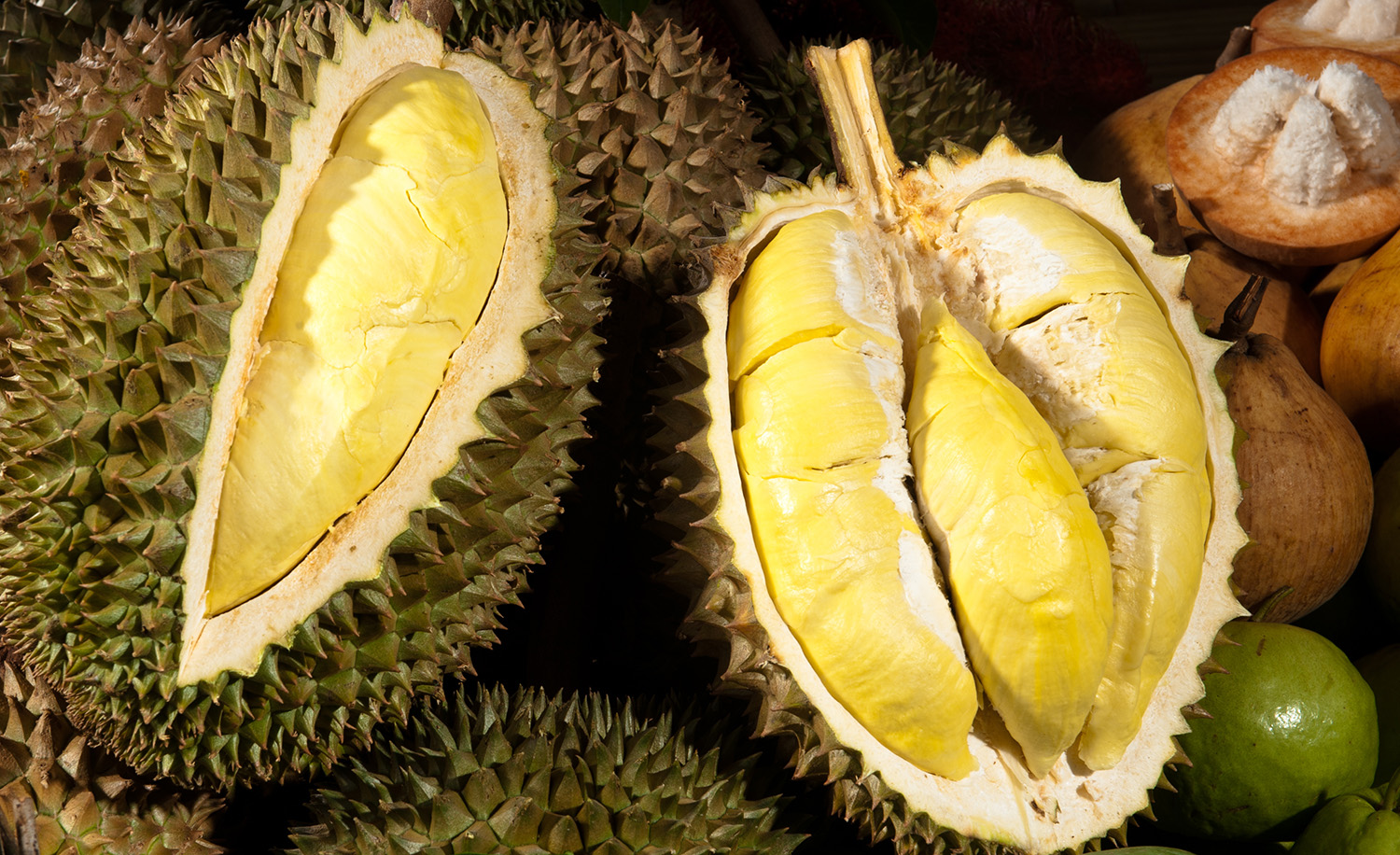
Probably the most controversial fruit of all. On the one hand, the aroma of this fruit is so disgusting that it is even forbidden to bring it into public places. But those who were able to overcome their disgust and tasted the pulp of this fruit say that they have never tasted anything tastier in their lives.
20. Buddha's Hand
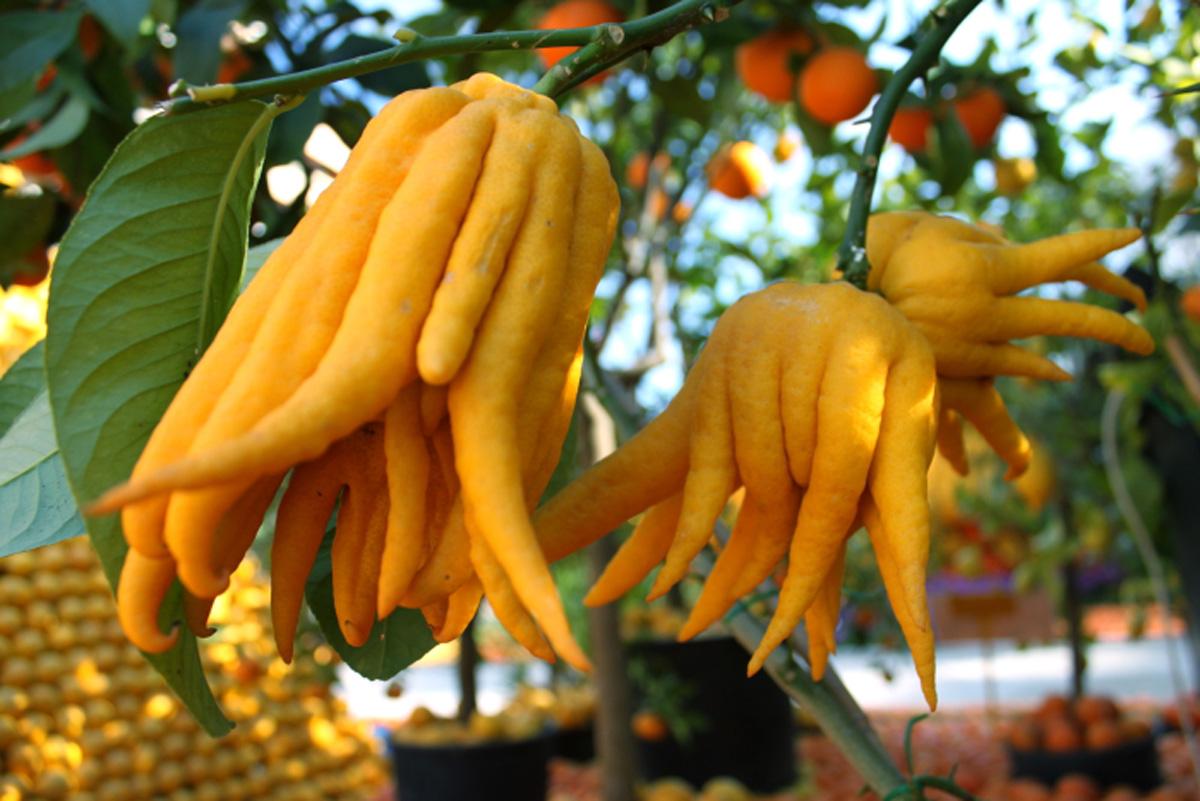
This fruit "octopus" looks like a mutated lemon with a very thick rind. Sometimes it has nothing but the rind. You can't squeeze juice out of it, and it doesn't have seeds. What is it for? As a home talisman, like they do in China.
21. Pandanus

Another name for the plant is the screw palm. Such unusual fruits, among other things, are very versatile in use: you can make paint and eat it.
22. Snake fruit
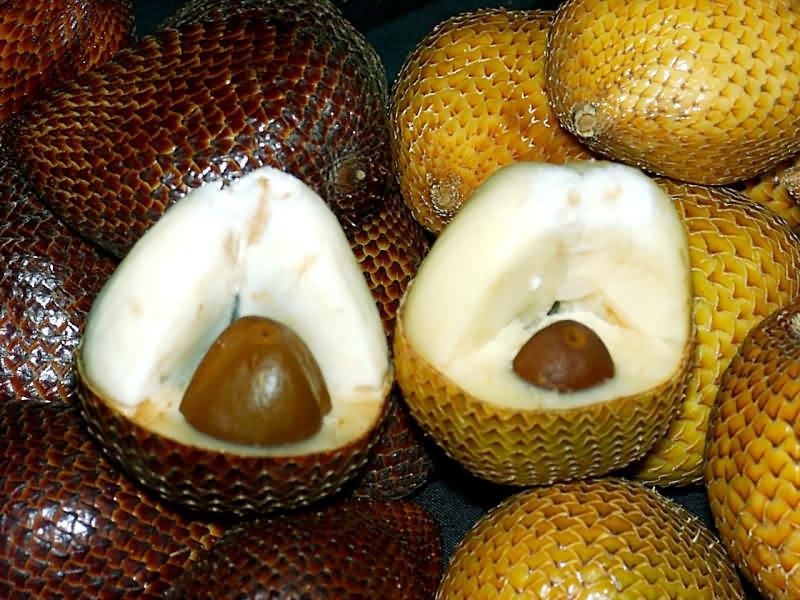
The skin of the fruit is remarkably similar to the skin of some kind of reptile. In fact, that's where the name comes from. Under the skin, the fruit looks like an onion or a large clove of garlic, but has sweet and aromatic pulp with a specific taste. True, it's not so easy to get to the pulp: the skin is very prickly.
23. Pitanga
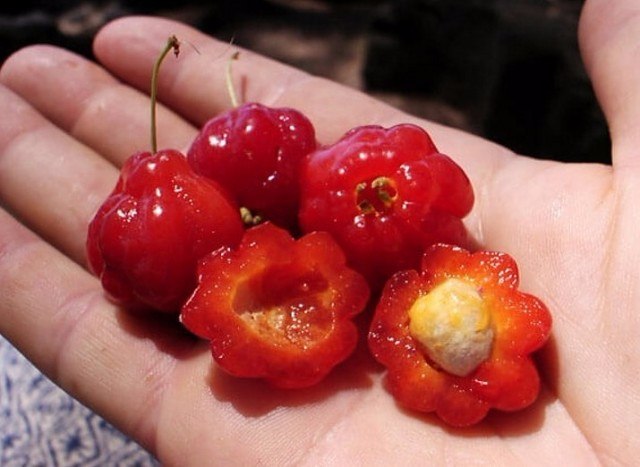
Although it is a wild berry, its cultivation is gradually being mastered in many countries. It is very similar to a regular cherry, only very ribbed. And it ripens much faster - 3 weeks after flowering.
24. Chinese strawberry
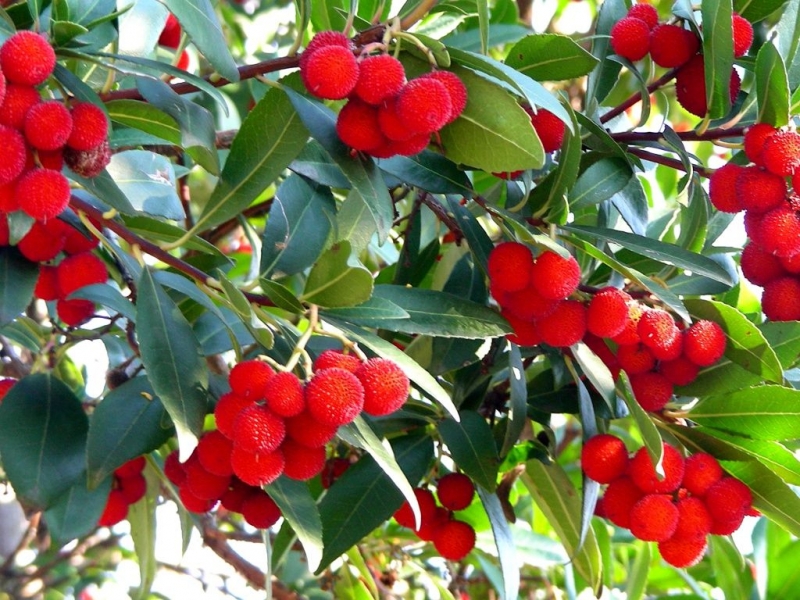
In appearance, these pimply balls can hardly be called strawberries. They look more like candied round candies that, for some reason, grow on a tree. And the taste is quite specific. So much so that the trees often serve only as decoration for parks and gardens. In general, it is unclear why this fruit was called a strawberry.
25. Star fruit (carambola)

And here it is clear where the name comes from: the fruit in cross-section resembles a regular five-pointed star. It can be sweet and sour. The sour variety is used in salads. And the sweet one can be eaten just like that, the taste of the fruit resembles a mixture of lemon, mango and grapes.
26. Forbidden Rice
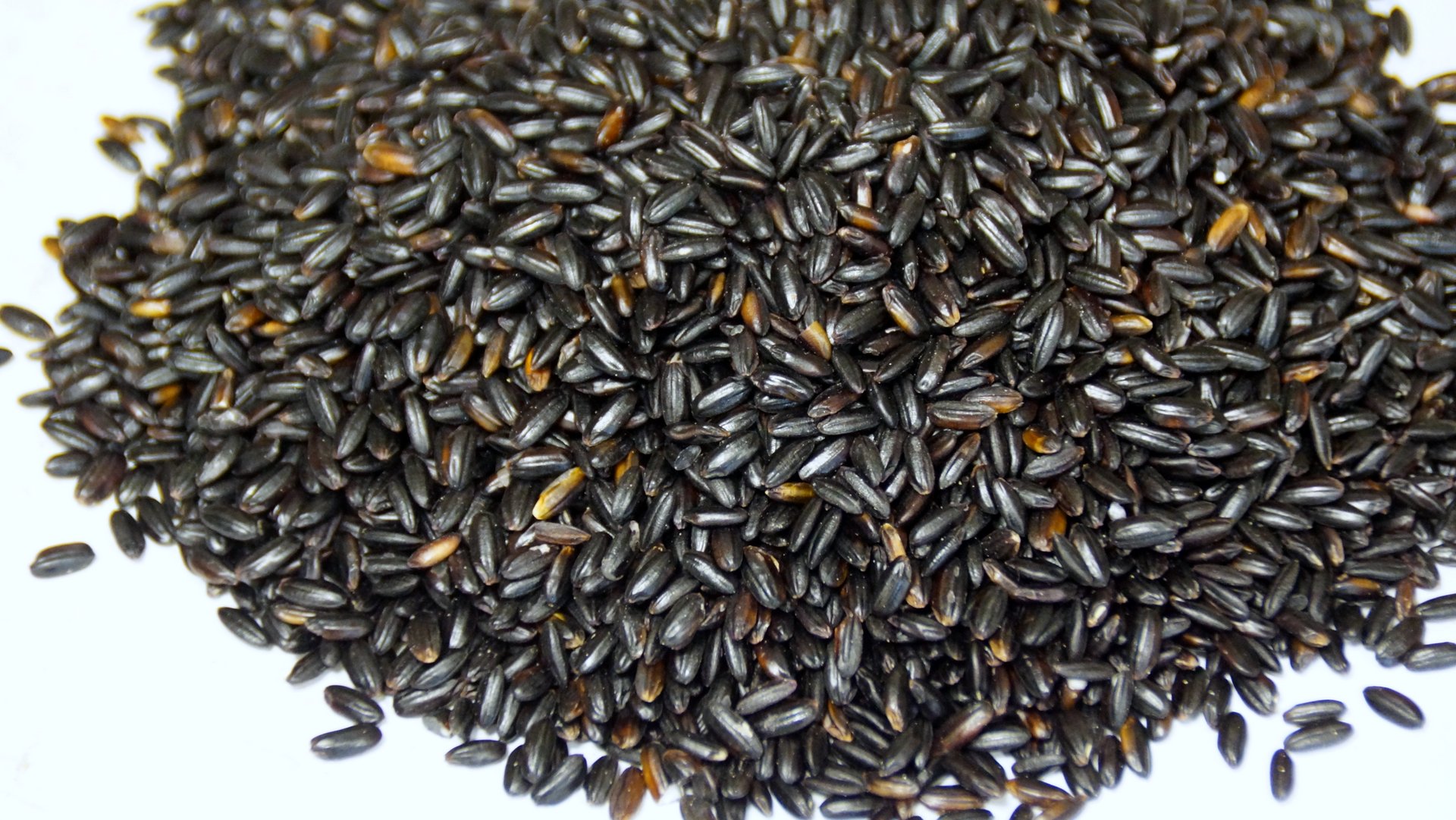
This is a type of black rice that grows in China. Originally black, it turns dark purple when cooked. It has a nutty flavor and is very healthy due to its high micronutrient content. It got its name because only members of the imperial family could eat it.
27. Watermelon radish

It feels like a regular radish was turned inside out: white on the outside, red on the inside. The root vegetable is quite large - about the size of a baseball. It is closely related to cabbage, which is why it tastes slightly bitter. In general, sliced radishes resemble small wedges of watermelon, especially if you serve them sprinkled with sesame seeds.
28. Blue Corn (Hopi)

This is a special type of corn, notable for its unusual color. Even in ancient times, blue corn was grown by the Hopi Indian people, who gave this type its name. Although blue corn has existed for several thousand years, for some reason it is not very popular these days. Although it is sweeter and has a nutty flavor.
29. Romanescu (coral cabbage)
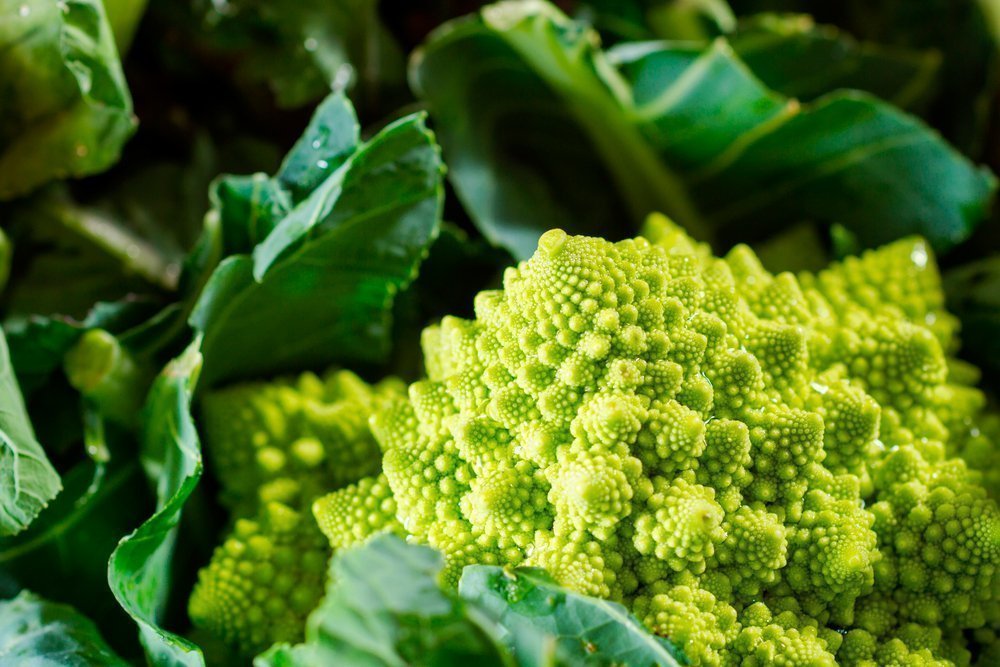
This is not just cabbage, but a real natural visual aid on fractals. Closer in kinship to cauliflower, but more tender and tasty. Everyone will like this vegetable, even those who do not like cabbage. At least appreciate the appearance!
30. Canistel (egg fruit)

The fruits can be of various shapes and sizes. They can be round, oval, heart-shaped. The color can vary from the lightest shades of yellow to pale orange. It is up to you to decide whether it is a fruit or a vegetable. On the one hand, it tastes like sweet potatoes and can be added to soups and salads. On the other hand, it is eaten fresh, with ice cream and fruit desserts.












